The touchless automatic car wash has emerged as a preferred vehicle cleaning solution for drivers and business owners seeking a safe, efficient, and modern alternative to traditional car washing.
By eliminating brushes and relying solely on high-pressure water and specialized detergents, this technology offers a scratch-free wash experience that protects the vehicle’s surface.
In this article, we’ll cover everything you need to know about touchless car washes—including how they work, whether they’re effective and safe, how much they cost, and what kind of system is right for you.
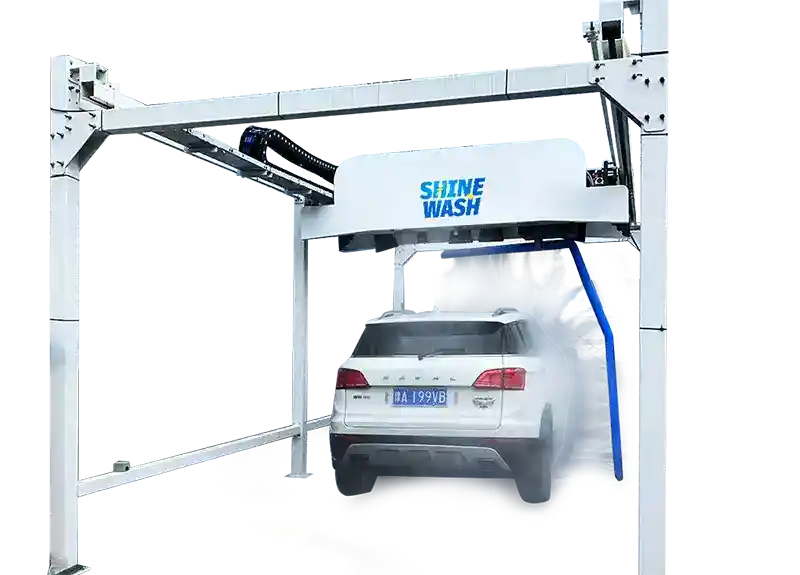
A touchless car wash is a fully automated cleaning system that uses high-pressure water jets and advanced cleaning chemicals instead of physical brushes or cloths. The vehicle remains stationary in a wash bay while robotic arms move around it, spraying water and chemicals in a pre-programmed sequence. Common stages include pre-soak, detergent application, high-pressure rinse, spot-free rinse, and forced-air drying.
These systems typically operate using laser or ultrasonic sensors to precisely detect the vehicle’s size and shape, ensuring consistent coverage and cleaning performance. The process usually takes between three and seven minutes, making it ideal for time-conscious customers and high-traffic businesses.
Safety is one of the primary reasons many car owners prefer contactless car wash systems. Since no part of the machine physically touches the car, there’s minimal risk of paint scratches, swirl marks, or damage to delicate components like side mirrors, antennas, or trims.
However, safety also depends on factors like chemical concentration, water quality, and machine maintenance. Poorly maintained systems, incorrect water pressure settings, or improper chemical dilution could still cause minor surface issues or leave residues. That’s why reputable operators and modern systems are designed to auto-adjust chemical levels and monitor performance in real time.
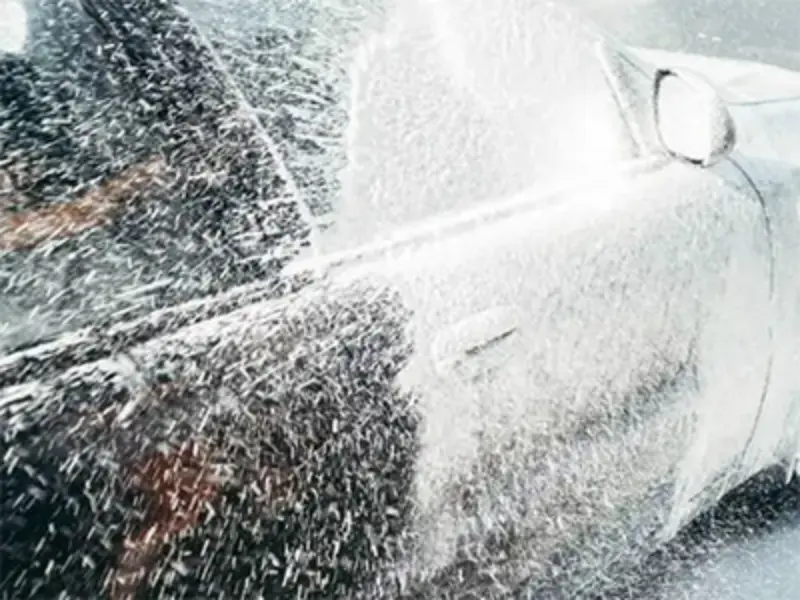
When maintained and operated properly, touchless automatic car washes are among the safest vehicle cleaning solutions available.
While some people believe that brush-based systems clean better due to the scrubbing action, modern touchless car washes have significantly closed the performance gap. By using a combination of alkaline and acidic cleaning agents along with heated water and high PSI jets, these systems can remove most road grime, salt, and dirt effectively.
They are especially effective for regular cleaning of urban vehicles exposed to dust, rain, and light mud. That said, for vehicles heavily coated in mud, oil, or bug splatter—such as off-road trucks or long-haul vehicles—a contactless wash may not remove all residues on the first pass. In such cases, manual pre-treatment or soft-touch/hybrid systems may be necessary.
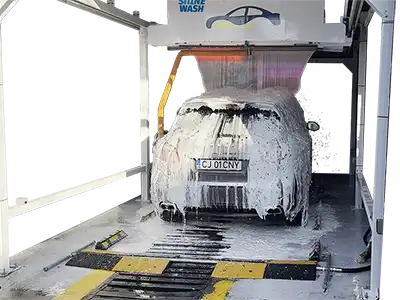
An automatic touchless car wash is competitively priced and widely accessible. Here’s what car owners typically pay:
|
Wash Type |
Average Cost (USD) |
|
Basic wash (rinse only) |
$8 – $12 |
|
Wash with wax/sealant |
$12 – $18 |
|
Premium package |
$18 – $25+ |
Many locations also offer monthly memberships or unlimited wash packages starting from $25 to $45 per month, providing excellent value for regular users.
Investing in a contactless car wash system involves higher upfront costs but offers long-term profitability due to lower labor and maintenance requirements. System costs vary depending on design complexity, vehicle throughput, and optional features.
|
System Type |
Investment Range (USD) |
|
Entry-level (single arm) |
$28,000 – $35,000 |
|
Mid-range (dual arm) |
$38,000 – $55,000 |
|
High-end with smart tech |
$60,000 – $85,000+ |
Additional setup expenses such as installation, electrical work, water treatment, and air dryers may also apply.
The best touchless car wash systems combine cleaning effectiveness, speed, and ease of operation. Look for features such as:
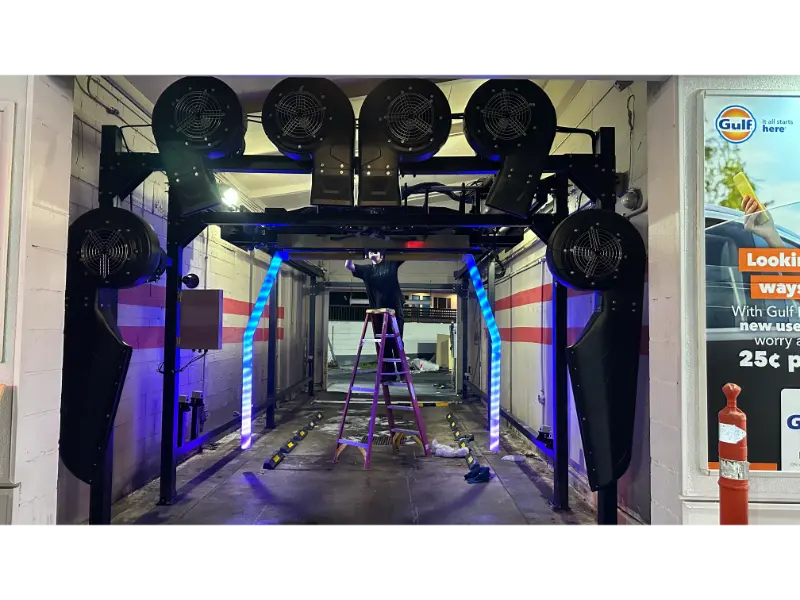
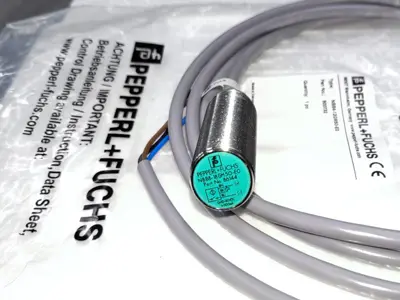
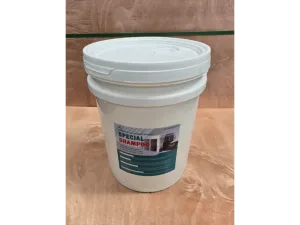
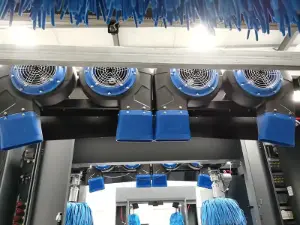
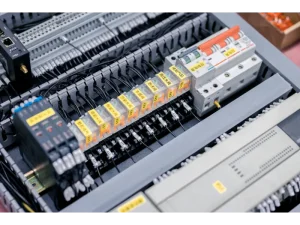
Eco-conscious models also include water recycling systems and energy-efficient dryers to reduce environmental impact and operational costs.
Touchless automatic car washes offer several clear advantages. First, they are extremely paint-safe. With no brushes making contact, the risk of surface scratches or swirl marks is greatly minimized. This makes them ideal for luxury cars, freshly painted vehicles, or those treated with ceramic coating.
Second, they’re fast and consistent. Most washes take less than seven minutes, making them suitable for busy urban drivers and high-volume business locations. They also require fewer moving parts and less maintenance than brush-based systems, which helps reduce long-term operational costs.
Lastly, they are suitable for a wide range of vehicle types, from compact cars to SUVs and pickup trucks, thanks to their non-contact cleaning approach.
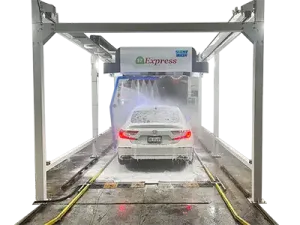
Despite their benefits, contactless systems are not perfect. They tend to use more water and chemicals compared to soft-touch systems, which can increase operating costs and make precise chemical management important.
They may also struggle with stubborn dirt such as baked-on mud, dried insects, or tree sap. In these cases, a soft-touch wash or manual detailing may produce better results. Additionally, systems operating with hard water and no filtration may leave spots or streaks without a spot-free rinse option.
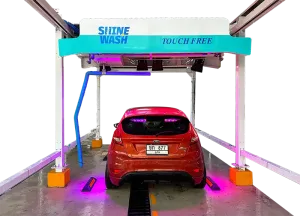
When choosing between a touchless and a soft touch car wash, the decision often comes down to your specific needs—especially how dirty your vehicle typically gets and how much you value surface protection.
Touchless automatic car washes are ideal if your top priority is avoiding any surface contact. Since these systems rely solely on high-pressure water and cleaning agents, they significantly reduce the risk of scratches or damage to your paint, trim, or coatings. They’re particularly suited for luxury vehicles, new cars, or those with ceramic coatings, where maintaining the exterior finish is critical.
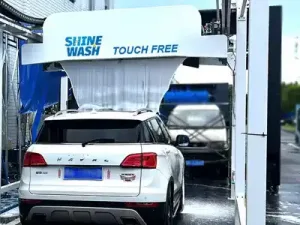
On the other hand, soft touch systems use foam-covered brushes to gently scrub the surface of the car. This physical contact can provide a more thorough clean, especially for heavily soiled vehicles. The scrubbing action helps remove dried mud, insects, and bird droppings more effectively in a single wash cycle.
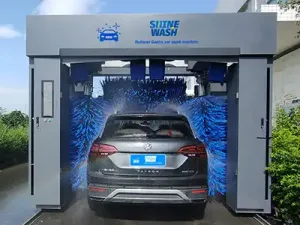
Here’s a quick comparison between the two systems:
|
Feature |
Touchless Car Wash |
Soft Touch Car Wash |
|
Cleaning Method |
High-pressure water & chemicals |
Brushes with water & foam |
|
Risk of Paint Damage |
Very low |
Moderate (depending on brush condition) |
|
Effectiveness on Heavy Dirt |
Moderate |
High |
|
Maintenance Requirements |
Lower |
Higher (brush wear, alignment) |
|
Suitable for All Vehicles |
Yes |
Mostly yes (but may skip delicate trims) |
|
Cycle Time |
Fast (3–7 mins) |
Fast (3–5 mins) |
If your vehicle typically encounters light to moderate dirt, or you prioritize long-term paint preservation, a contactless wash is likely the better option. For vehicles that regularly get very dirty, or if you’re looking for the most thorough clean in a single pass, a well-maintained soft touch system may offer slightly better results.
Many modern car wash businesses now offer both options—or hybrid systems—to give customers flexibility and convenience.
Touchless automatic car washes are well suited for a wide range of users. Car owners who drive regularly in urban areas will appreciate the convenience and safety. Drivers of high-end, luxury, or freshly-painted cars benefit from the non-contact nature of the wash. Fleet operators and dealerships enjoy the system’s speed, consistency, and minimal staffing requirements.
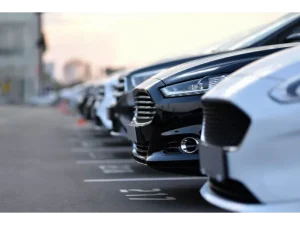
For entrepreneurs, contactless systems represent a smart investment. When installed in high-traffic areas or near gas stations, they can generate consistent revenue with relatively low maintenance and labor overhead. Monthly membership programs further increase customer retention and profit margins.
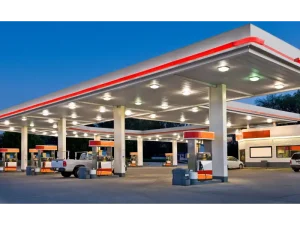
The touchless automatic car wash has proven itself to be more than just a trend—it’s a practical, safe, and efficient solution for modern car owners and businesses. With rapid cycle times, advanced chemical applications, and zero surface contact, this system offers a high level of protection for vehicles while delivering excellent cleaning results.
Although it may not be perfect for every type of dirt or driving condition, for most users and use cases, it strikes the right balance between performance, safety, and convenience. Whether you’re maintaining a personal car or launching a car wash business, the automatic touchless car wash is a technology worth considering.

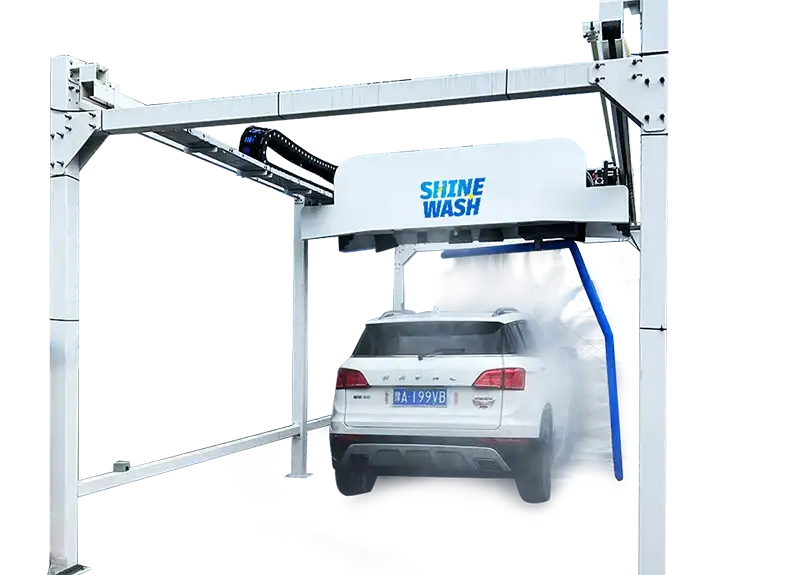
Want to Start the Touchless Automatic Car Wash Business? Contact Shinewash Experts Now!